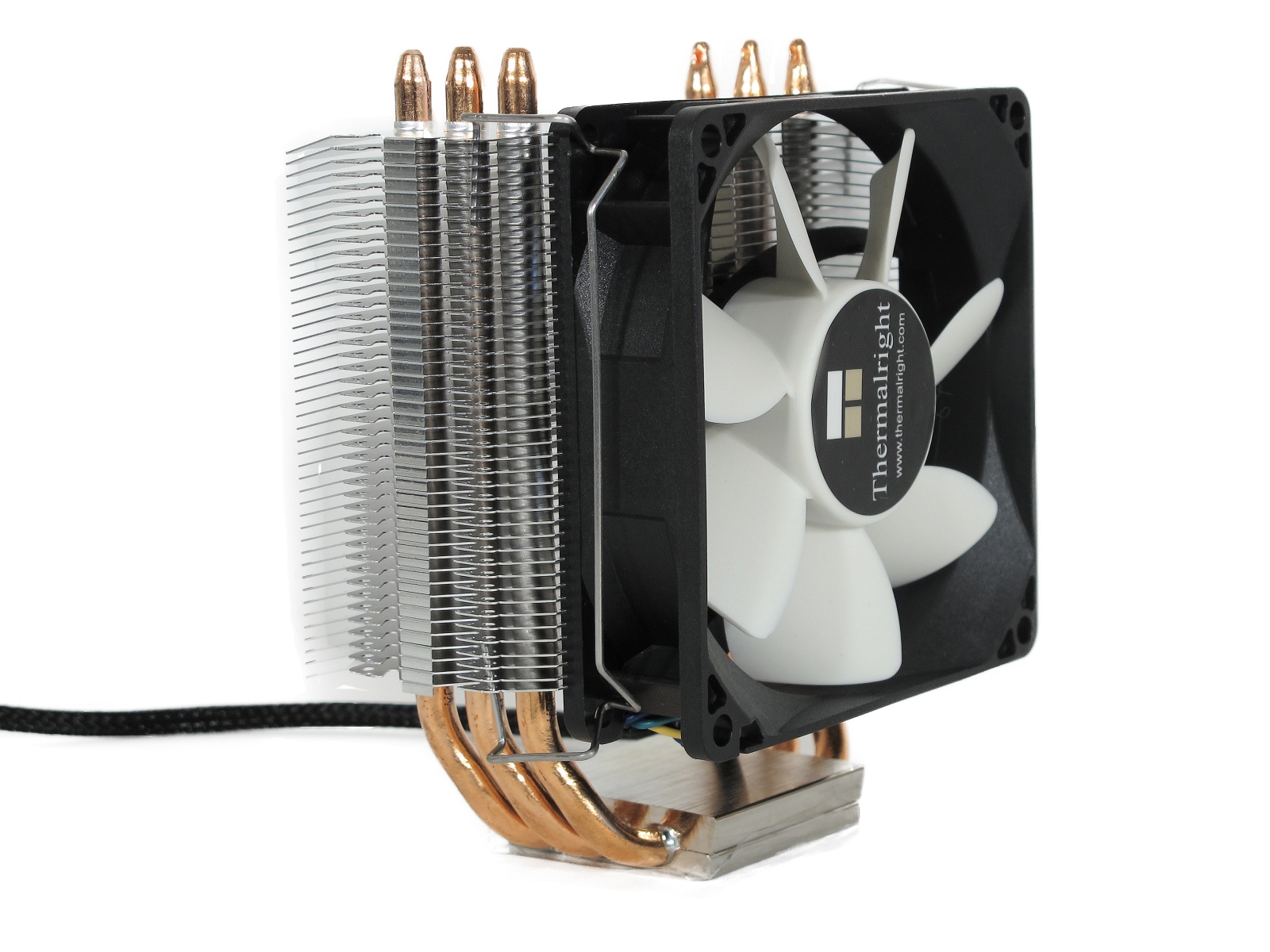Three Thermalright True Spirit Heat Sinks, Reviewed
Thermalright sent over all three models in its True Spirit heat sink family, complete with 92, 120, and 140 mm fans. We dropped each one onto an FX-8350 processor to gauge its cooling performance and acoustic output. Which one takes the value win?
Thermalright True Spirit: A Cooler Option For Every Budget
Why you can trust Tom's Hardware
Thermalright’s True Spirit family includes thin-profile coolers in three distinct sizes, offering varying levels of performance, and selling at three different price points.
The compact Thermalright True Spirit 90M is available for as little as $26 on sites like SuperBiiz. It’s aimed at processors with TDPs of 90 W or less. We'd recommend adjusting this thermal solution's fan speed through your motherboard's firmware, since the bundled does get pretty loud if it's allowed to spin up beyond 2000 RPM. If you feel like you need the fan's full performance to keep your CPU cool enough, then there are better options out there, and you'll probably need to spend a little more for an ambitious overclock. We do want to point out that the back plate Thermalright bundles yields a very solid installation, which is not a given for a cooler of this size and budget.
The larger Thermalright True Spirit 120M(BW) sports four 6 mm heat pipes and stands only 145 mm tall. It performs well given its size, and is even suitable for light overclocking (more so than the 90M). Selling for as low as $43 on Amazon, it’s supposed to be a budget cooler that also performs well, and it does meet this challenge. Still, the bundled fan is very noticeable at full speed. We'd like to see it run more quietly and vibrate less. Dial the fan back 20% or so to 1000 RPM, and it's a lot more tolerable, though it gives up some performance in the process. The 120M(BW)’s strong suit is good compatibility due to its compact measurements and bent heat pipes.
Last up is the Thermalright True Spirit 140(BW). It’s the largest model in this heat sink family, sporting six 6 mm heat pipes and a height of 170 mm. This puts it in the enthusiast-oriented, overclocking-friendly, high-performance cooler segment.
Value is probably not the first thing that springs to mind when faced with its $50 price tag. But make no mistake; that's inexpensive considering the cooler’s performance level. You might be tempted to save a couple of bucks by buying the smaller 120M(BW), but the seven extra dollars you spend buys a lot of additional performance, which is important when you're gunning for a aggressive overclock on a system you plan to use daily. Its fan is also quieter than the other two models we reviewed, making it the most pleasant of the three coolers in practical use. Even at 100% duty cycle, the cooler did well in our acoustic benchmarks. In light of that, the Thermalright True Spirit 140(BW) secures our Smart Buy award for excellent performance at a
reasonable price.
Current page: Thermalright True Spirit: A Cooler Option For Every Budget
Prev Page Cooling Performance And Noise LevelGet Tom's Hardware's best news and in-depth reviews, straight to your inbox.


